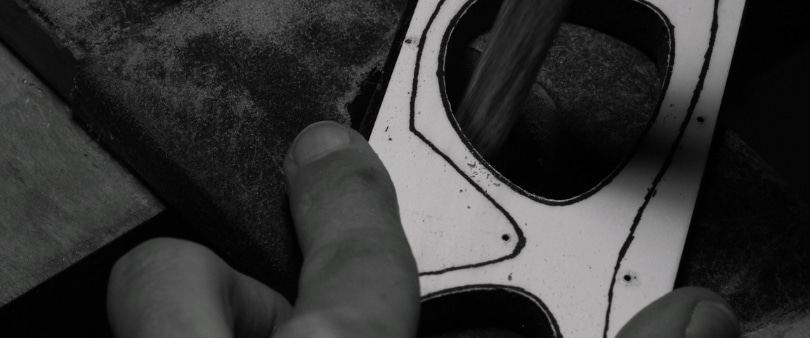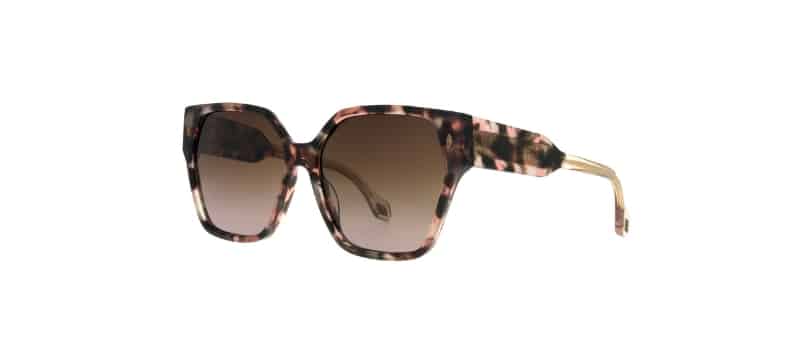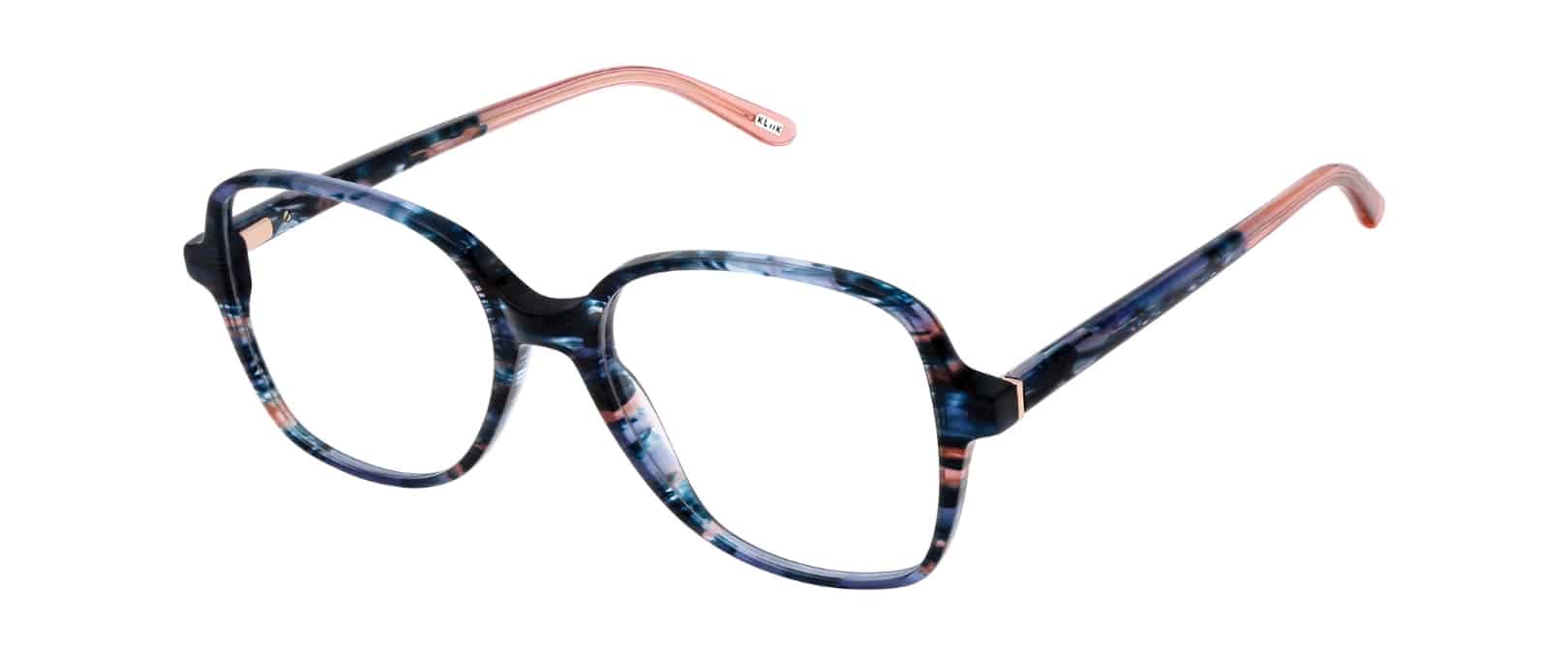By Sarah Bureau, RO
The majority of frames available in your average dispensary will be made from one of two materials, metal or a form of plastic. Eyewear is not limited to only these choices!
There are many natural products used in the manufacturing of eyeglasses, including horn, wood, bamboo, and even stone. In fact, the first set of sunglasses were a piece of Inuit ingenuity made by carving a slit in a piece of bone strapped over the eyes to reduce the glare of sun on snow. As we entered the Renaissance period, the need for magnifying lenses for scholars increased and eyeglasses began to be produced in a variety of materials including wood, tortoise, ivory, bone, baleen, and eventually horn.
While the majority of modern eyewear is now manufactured from various metals and plastics, there are still many designers crafting their pieces from eco-friendly materials to this day. Independent designers like Luke Mills from L.A.Mills Eyewear are very conscious of how eyewear production affects the environment for our generation and the next.
Natural Beauty and Functionality
Unlike the production of acetate, horn is a naturally occurring material. By taking this disregarded product from the food industry, they are able to respect the animal by creating a beautiful piece of art! Horn is a natural polymer, extremely lightweight and durable, and with the correct handling by an optician, a malleable product. When cared for properly, horn won’t deteriorate or break down like plastics. In addition, any horn material which does make it to a landfill is broken down naturally by insects and wildlife who consume it. The carbon footprint of horn is significantly smaller than plastic. Luke ensures he uses as much of the horn plate as possible, saving excess for future projects that include crafting nose pads and jewellery. Luke offers both a ready to wear and bespoke service, creating stunning and unique pieces that highlight the natural beauty of the material in distinctive shapes and individual styles.
Many opticians have not had the opportunity to work with horn eyewear and feel nervous about handling it. I had the opportunity to sit down and chat with Luke on this topic. Here are his tips and tricks for success:
- Hydration, hydration, hydration! Unfortunately, instructions on how and when to hydrate are not always explained clearly. Horn is a keratin, like hair, which will become brittle when dehydrated. Luke recommends using the oil or cream which accompanies the frame at least once per month. Apply generously to the entire surface of the frame and leave it to sit overnight. The next day, wipe off the excess product with a soft cloth. Sun exposure, facial creams, and the body’s natural chemistry can cause the material to dry. By following a schedule of hydration, the frame will continue to keep its lustre and strength. This is a shared responsibility between the optician to instruct and the client to comply. Consider offering an in-house service which allows your client to drop off their frames for an extended oil bath. This level of service will set your dispensary above the rest and ensure the eyewear remains beautiful!
- No alcohol products should be applied to horn! This is a fast way to dehydrate your specs.
- How to spot a dehydrated horn frame? If the material looks dull or oxidized, this is a clear indication it is dry. Unless it is a matte finish, horn has a high shine when polished. The frame should be rehydrated before adjusting to avoid breakage.
- How to adjust a horn frame? Luke recommends treating it like Optyl, allowing it to have time to heat throughout the material until it becomes pliable, testing it periodically as you heat to see if it is ready. Be careful not to overheat the frame though, as the horn can shrink and crack. Have your staff become familiar with adjustments by asking the collection for test pieces of horn.
Another designer who is making waves with sustainability is Nina Mür Eyewear. These bespoke frames are created by hand in Spain from birch wood sourced from responsibly managed forests in Finland that hold the Forest Stewardship Council certificate. The natural properties of this material make it lightweight, highly flexible and very durable. Sustainability is the cornerstone of this collection with a focus that goes far beyond the material, including environmental impact, social and corporate responsibility.
These frames are made one-at-a-time. There is no mass production resulting in dead stock and the process supports responsible consumption. Nina Mür ensures they produce the least amount of waste possible during the production of their frames and boasts a minimal carbon footprint with a maximum level of care for the environment. If you’re wondering how interesting a frame made of wood could possibly be, just take a peek at their stunning and innovative collection which is an eye-popping gallery of art.
Check out Sarah’s March-April 2023 Optik article HERE!













